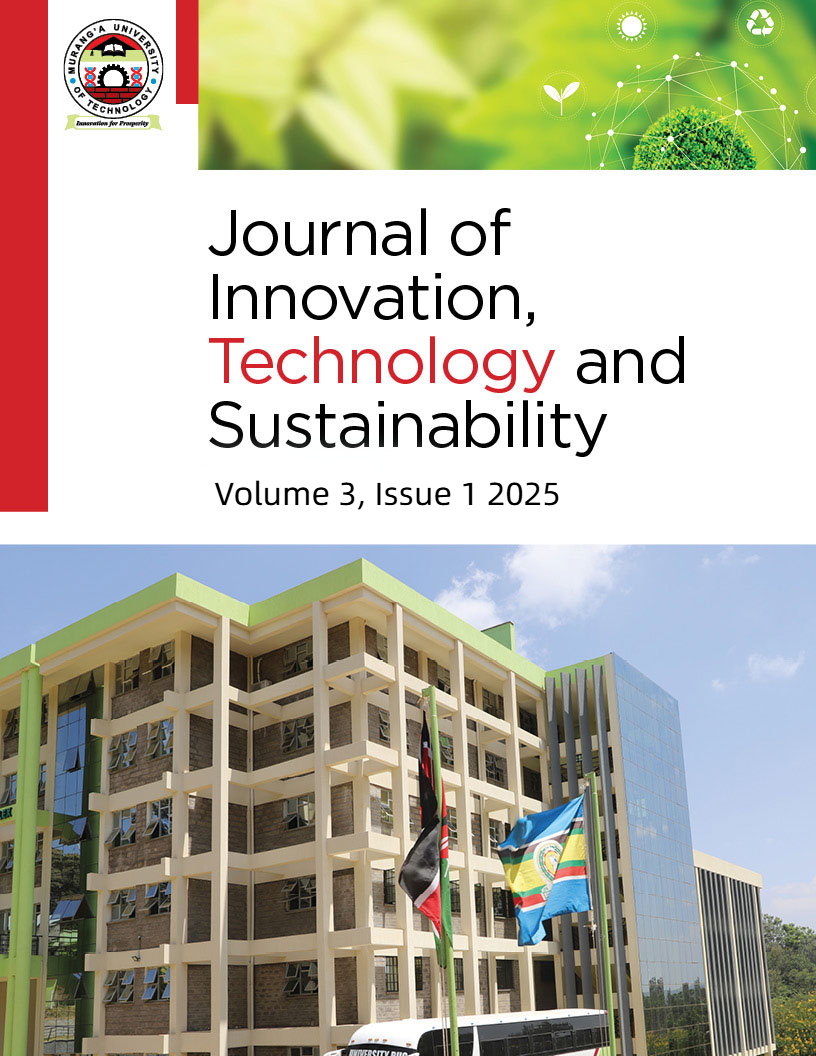Prevalence, etiology and risk of lymphedema among residents of Mt. Elgon region in Kenya
DOI:
https://doi.org/10.70868/TSSK2473Keywords:
Lymphedema, filarial worms, soil elements, risk factors, Mt. Elgon, KenyaAbstract
Cases of lymphedema have been observed in the Mt. Elgon region, but its prevalence, etiology, and risk factors are unknown. A cross-sectional field survey was conducted to determine the prevalence, etiology and risk of lymphedema in the region. Human cases and mosquito sample specimens were examined for filarial worm infection, while soil samples were analysed for elements potentially linked to the condition. The study recorded a lymphedema prevalence of 17.4 per 100,000, with 38 cases identified across the study sites. The distribution of cases varied significantly (χ² = 15.76, d.f. = 3, p = 0.0013), with a significantly higher occurrence among females (71.05%, n = 27) compared to males (28.95%, n = 11) (χ² = 17.64, d.f. = 1, p < 0.0001). All human and mosquito samples tested negative for filarial worm infection. Most affected individuals did not regularly wear shoes, and both cases and controls were largely unaware of the condition’s cause, often attributing it to witchcraft. The use of mosquito nets differed significantly based on socioeconomic status (χ² = 45.83, d.f. = 1, p < 0.0001). None of the affected individuals or controls were aware of treatment options. Additionally, most residents lived in poor housing conditions with inadequate hygiene. Soil analysis revealed that iron and potassium concentrations correlated positively with lymphedema prevalence (R = 0.867 and R = 0.897, respectively). Based on these findings, the study concludes that lymphedema in the region is podoconiosis-related, caused by exposure to high levels of iron and potassium in the soil. Women in low-income households face the highest risk. Targeted interventions should prioritize the most vulnerable residents, with a particular focus on women.





